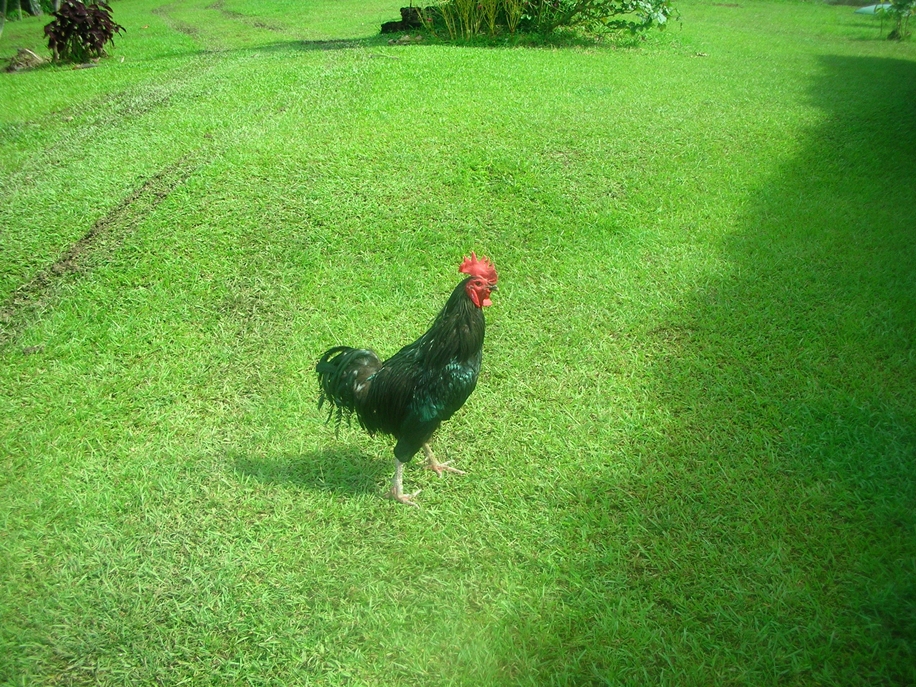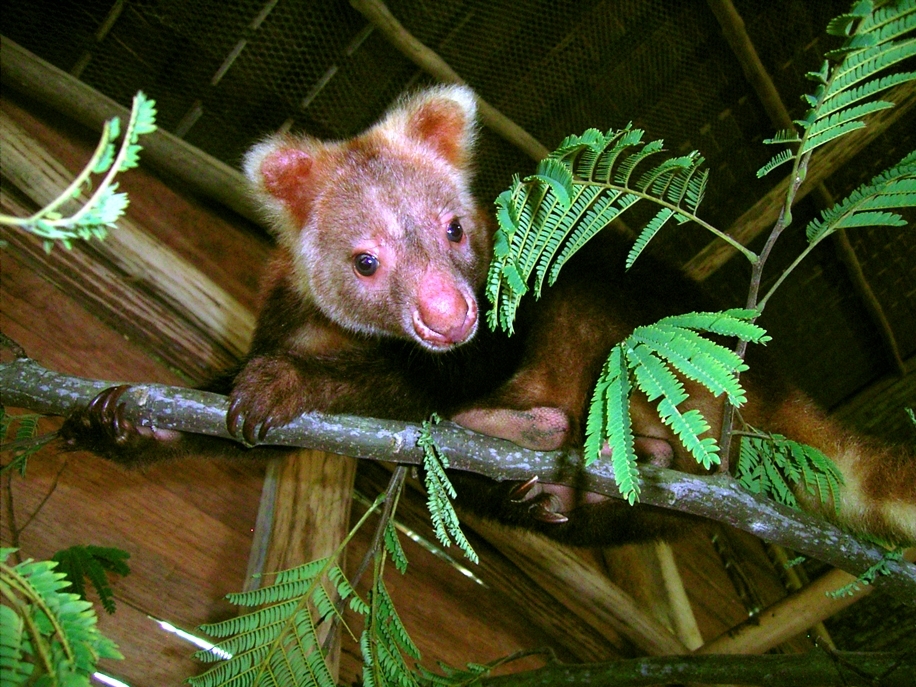Two of the most endangered mammals in the world live in the remote rainforest of the Torricelli Mountains, in northwestern Papua New Guinea. Both are tree kangaroos, marsupials adapted to life in the tropical canopy. One is Scott’s tree kangaroo, locally known as the Tenkile; the other is the golden-mantled tree kangaroo, locally called the Weimang. The populations of Tenkile and Weimang could be as low as 100 individuals. Still, local people, who have few options for food, hunt and eat them.
To save the Tenkile and Weimang, the local people know they need to provide themselves with an alternative protein source. A grant from Seacology grant will support a chicken farming program. In return, the villagers will sign a hunting ban on all species for two years and establish a conservation area covering 37,065 acres. A local organization, the Tenkile Conservation Alliance, will help the villagers, over the next two to three years, turn this area into a formal Conservation Area recognized by PNG law. The process is already underway.




